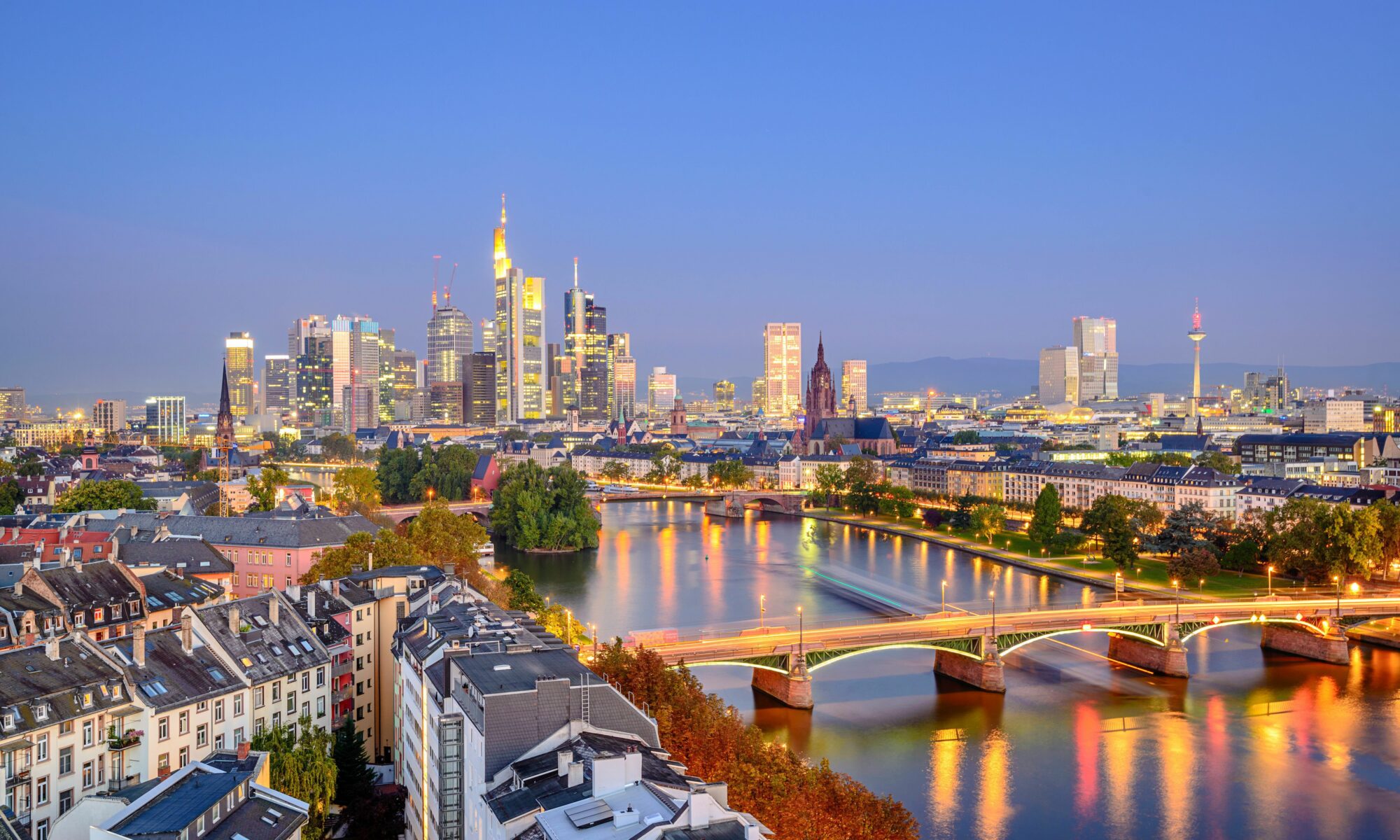There are some cities that refuse to lay down. They possess a certain spirit that can push through the rubble of history’s most turbulent times, to grow, flourish and flower. The German city of Frankfurt is one such city.
For centuries, Frankfurt has been one of Europe’s most important and enduring trading capitals. Despite a history of fires, plague, occupation, and war, it continues to rise. Frankfurt today is home to the European Central Bank, The German Stock Exchange and an airport that handles almost 60 million travelers a year.
Yet surprisingly, it’s relaxed too, a place where tradition and beauty are lovingly cultivated and enjoyed. This balance of dynamism and tradition is best exemplified in the city’s architecture. Frankfurt is often called Manhattan, due to its position on the Main River and a skyline that often feels more American than European.
Yet the city, which was once home to one of the most glorious medieval centers in Europe, still nurtures its proud heritage through rebuilding and restoration projects. Despite its stature as a financial giant, Frankfurt remains surprisingly compact. Most of its attractions are clustered close to the city center, making the city perfect for exploring on foot or by bicycle.
The Romerberg
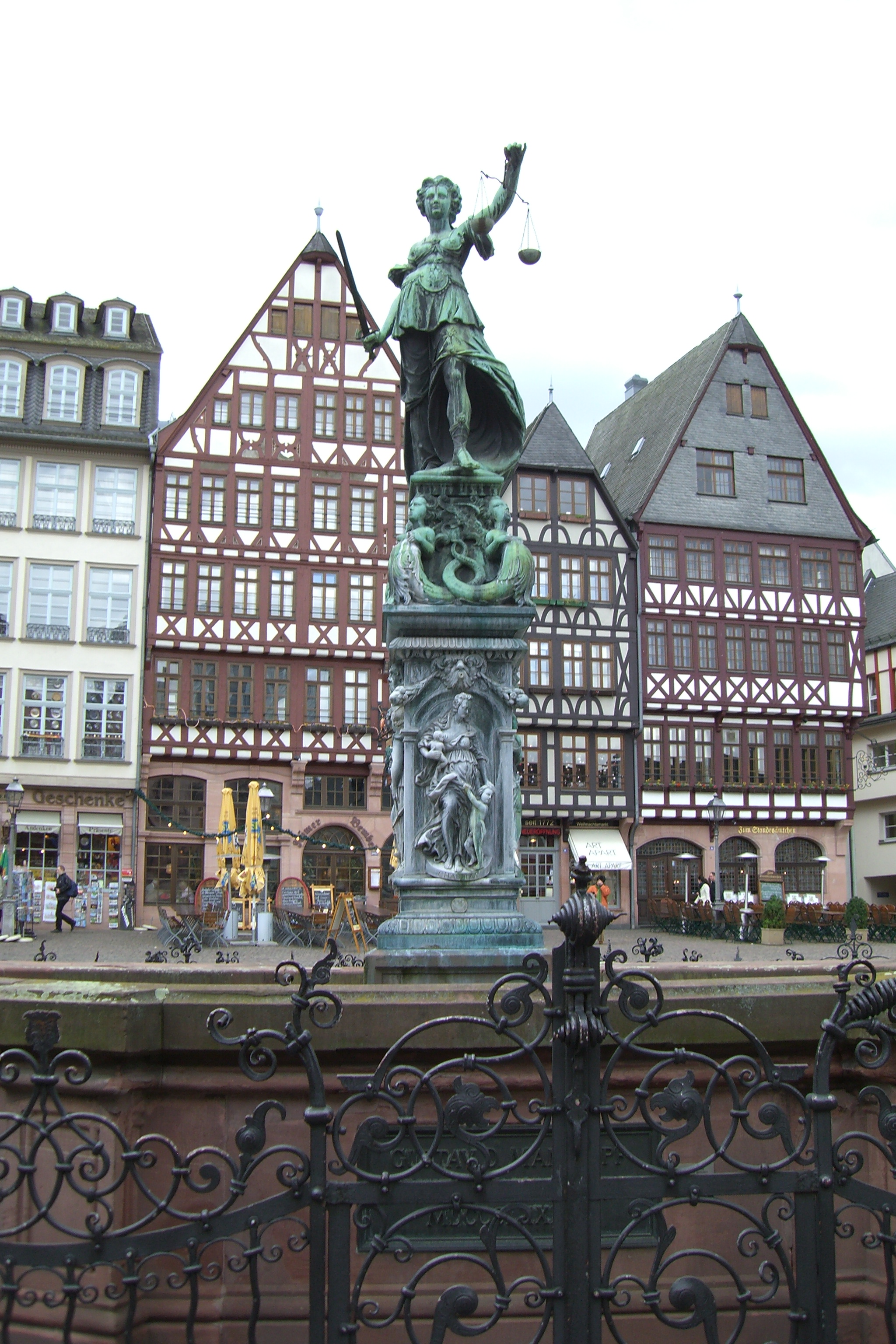
Cross the Eiserner Steg, the city’s beloved pedestrian bridge, into Frankfurt’s ancient heart, the Romerberg.
Since the 9th century, this medieval square has witnessed the very best and worst of times, from fairs, tournaments, and coronations, to executions and firestorms. After being devastated by Allied bombs in World War Two, many of the square’s most important buildings have been lovingly restored.
The Römer
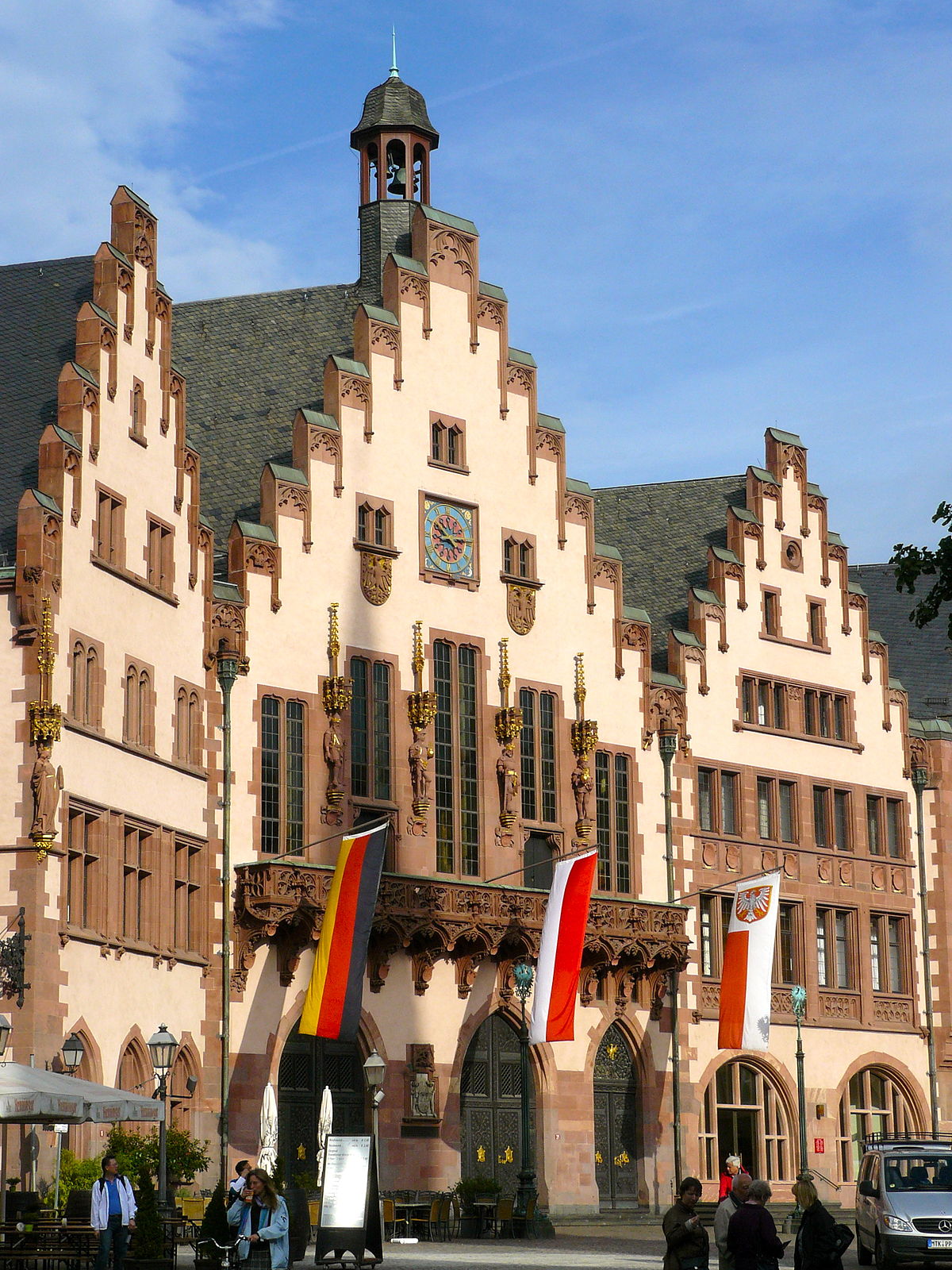
Overlooking the square is the Römer, which served as Frankfurt’s city hall for over 600 years.
Old St. Nicholas Church
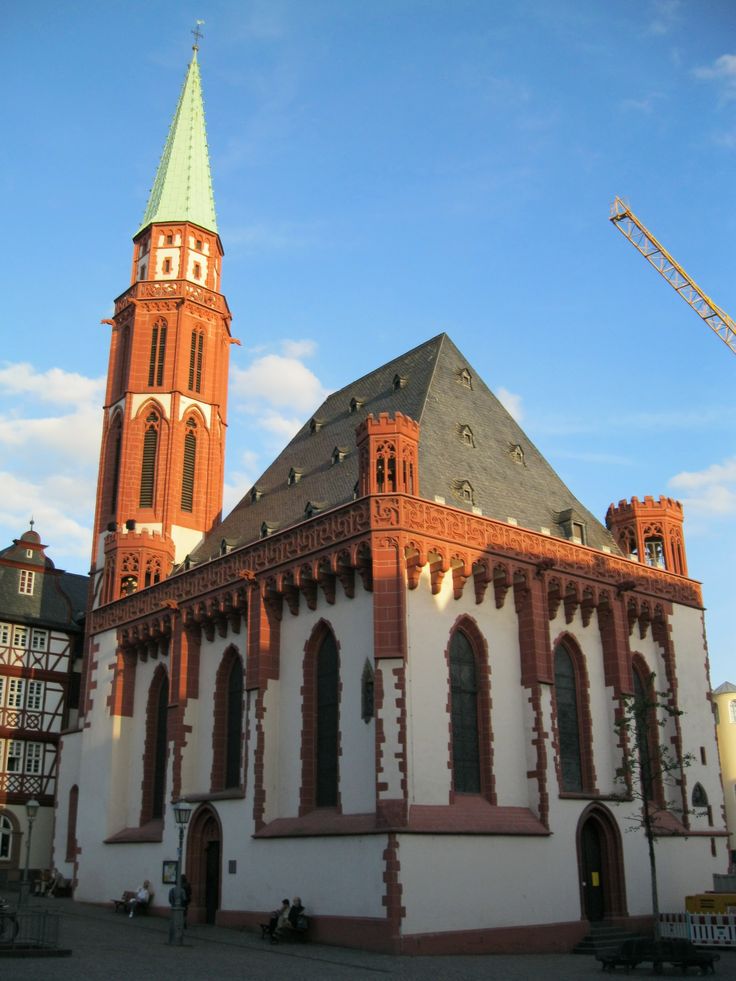
Just across the Square rise some of Frankfurt’s iconic half-timbered houses, as well as the spire of Old St. Nicholas Church, which miraculously survived the almost total destruction of the old town.
The Kaiserdom
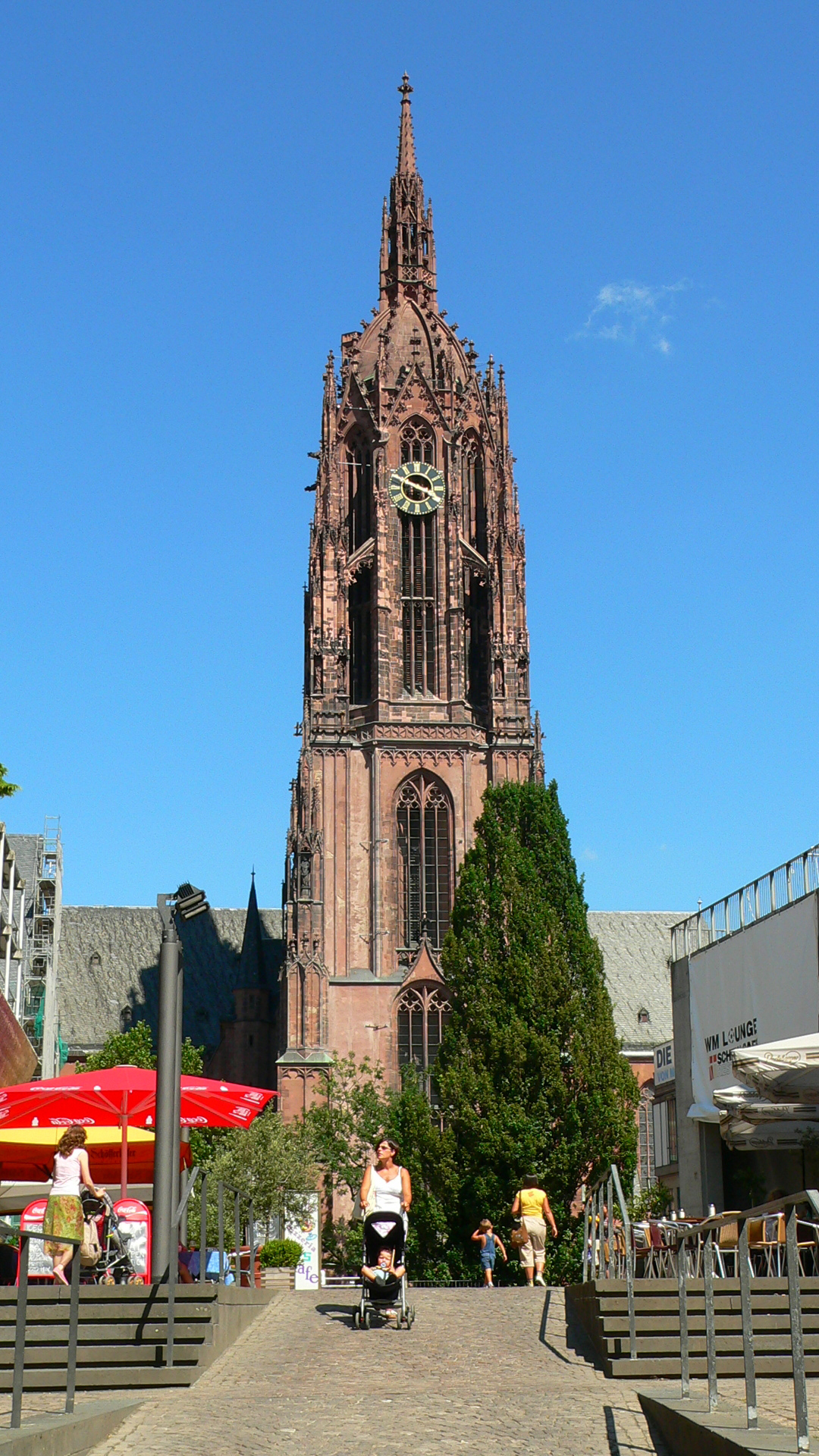
From the Romerplatz, it’s time to head deeper into the old city. Whichever direction you take, Frankfurt’s historical treasures await.
Just a three-minute walk to the east, visit the city’s cathedral, the Kaiserdom, in all its red-sandstone and golden glory.
The cradle of German Democracy
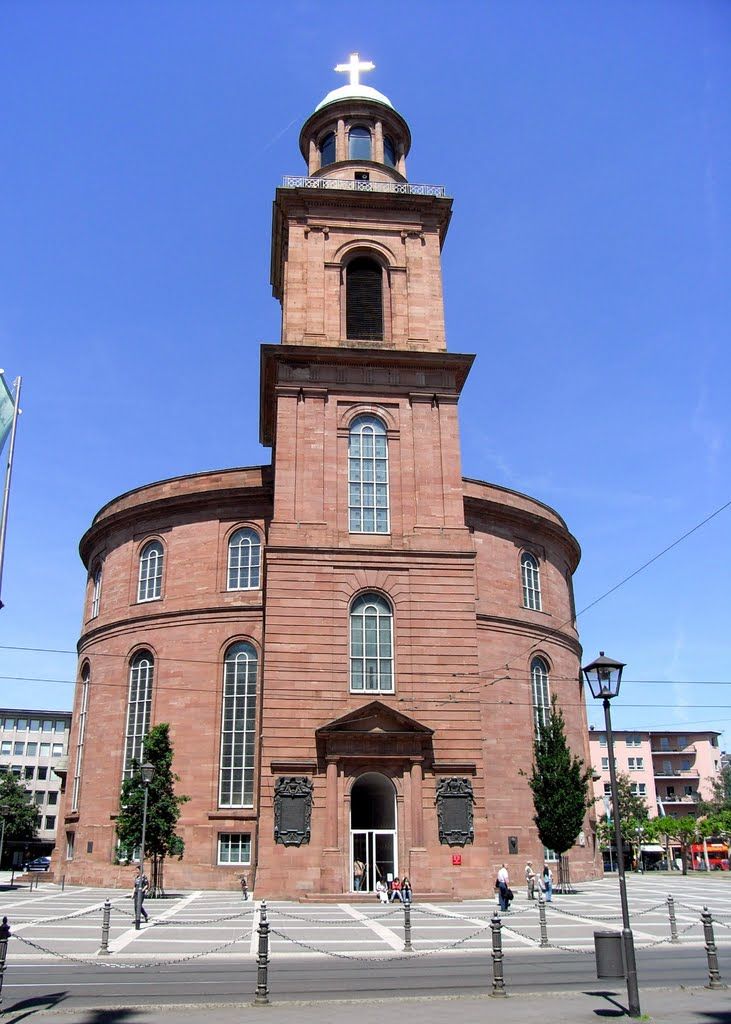
Just to the west of Romerplatz, is the cradle of German Democracy, the Paulskirche, where the country’s first elected parliament met in 1848.
Goethe-Haus
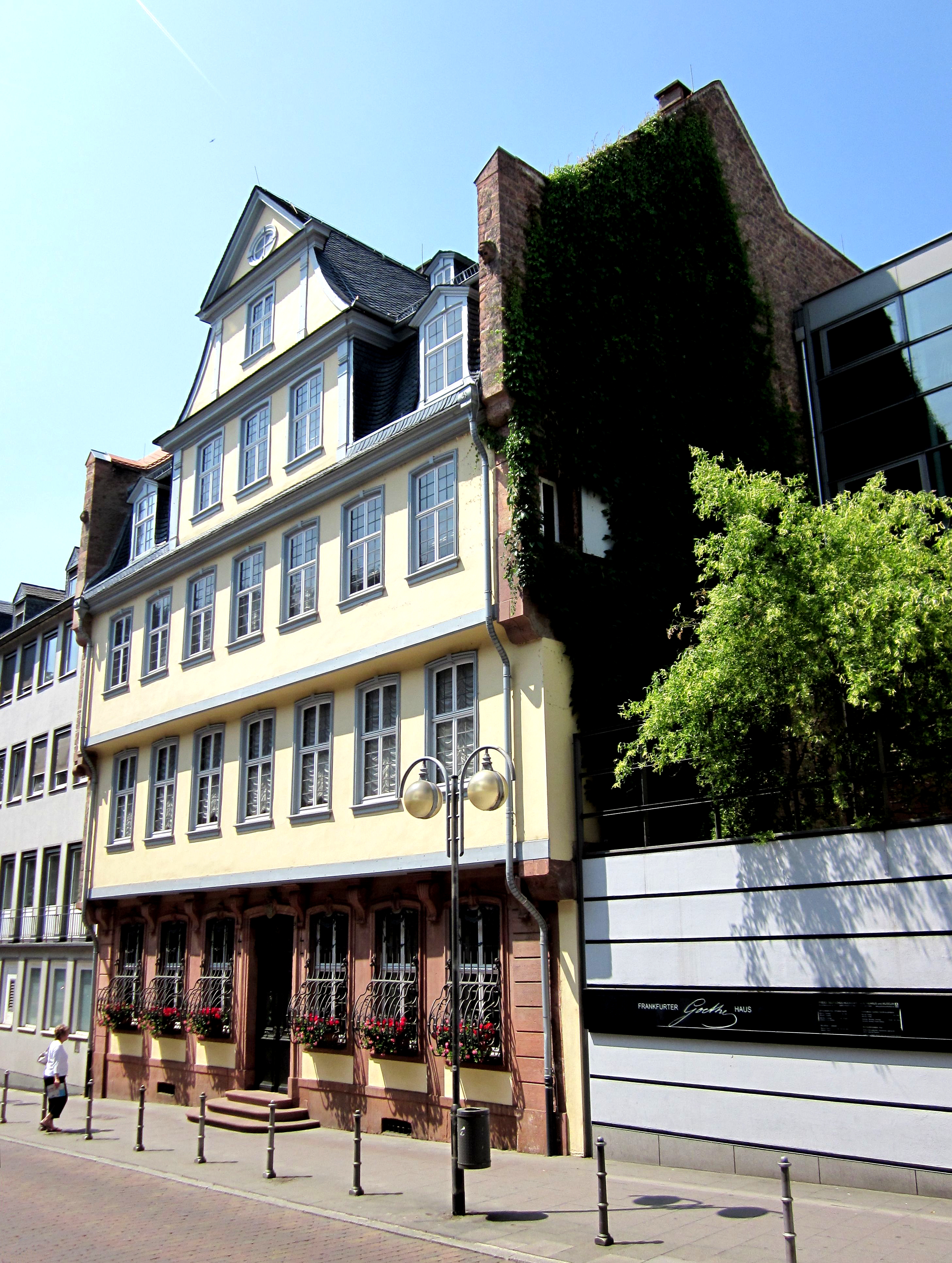
While just two blocks further, it is another of the country’s most important birthplaces, Goethe-Haus.
It was here in 1749, just as the clock struck midday, that one of Germany’s greatest writers and poets, Johann Wolfgang von Goethe came into the world.
Te symphonic curves of Frankfurt’s
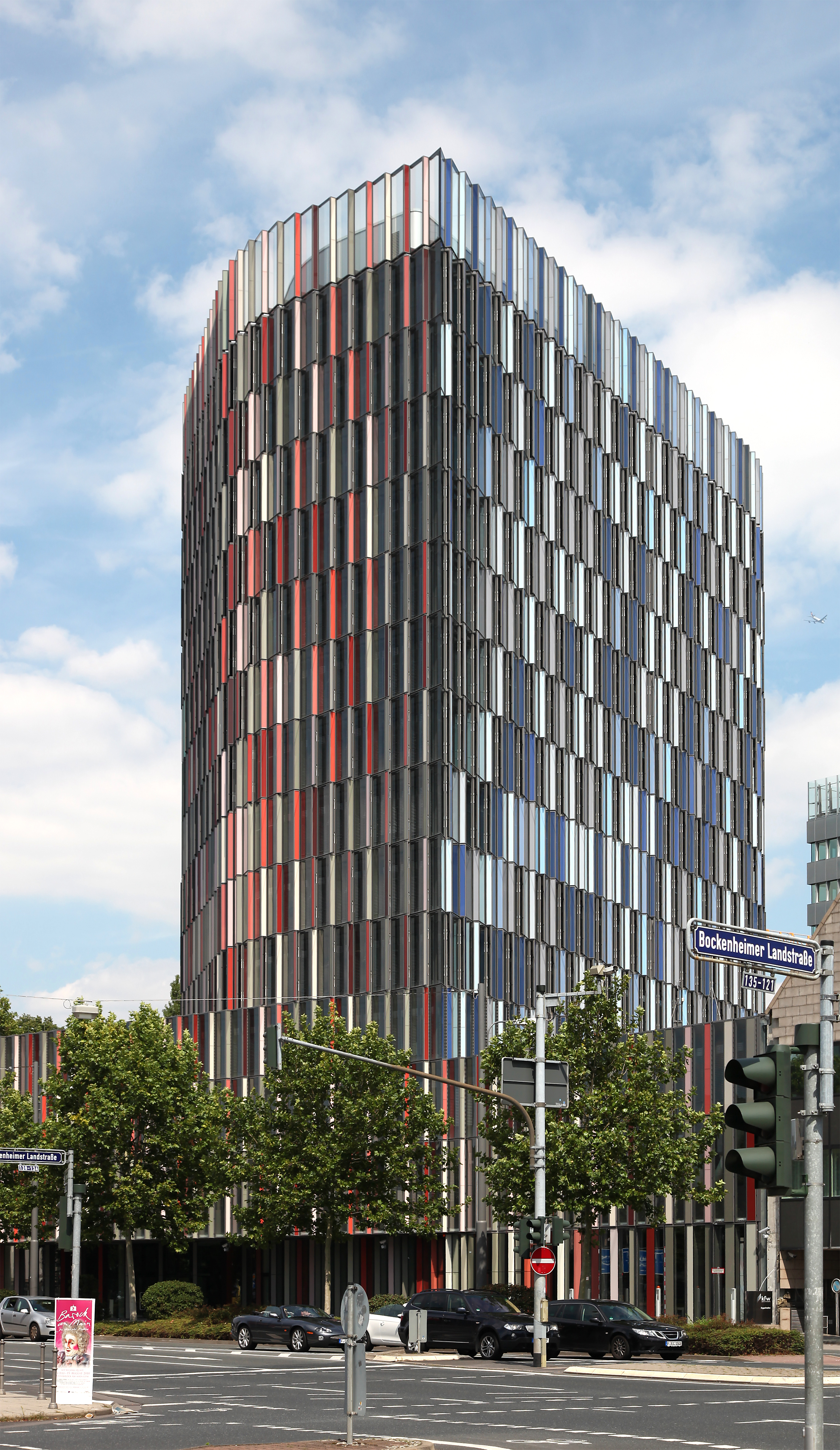
From the Goethe family home, head north to Hauptwache. Turn left to admire the symphonic curves of Frankfurt’s historic opera house.
The Zeil
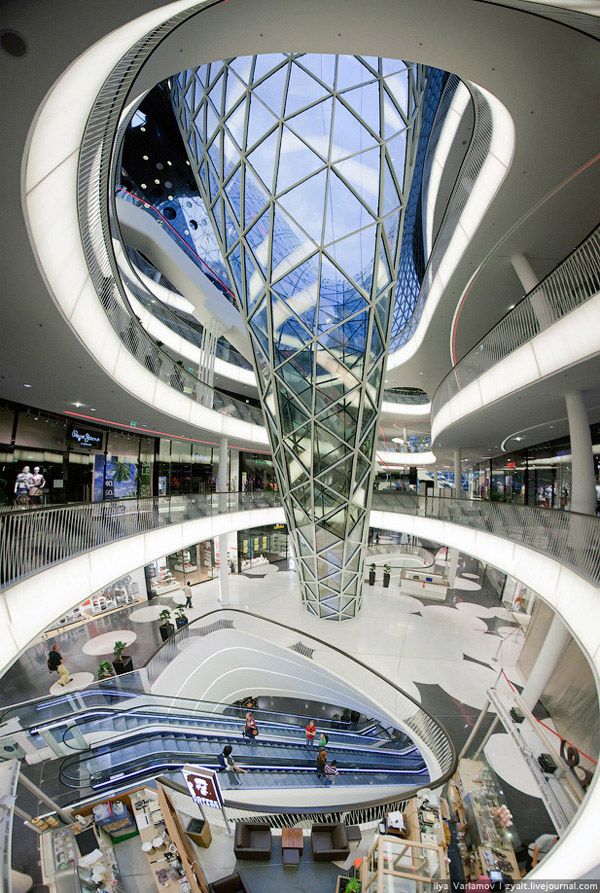
Or turn right, and head into the future, along the Zeil, Germany’s equivalent to Fifth Avenue.
The MMK

Just a few blocks away, explore the sometimes-perplexing world of modern art at MMK, a triangular shaped gallery that Frankfurters refer to as, “the piece of cake”.
The Historical Museum
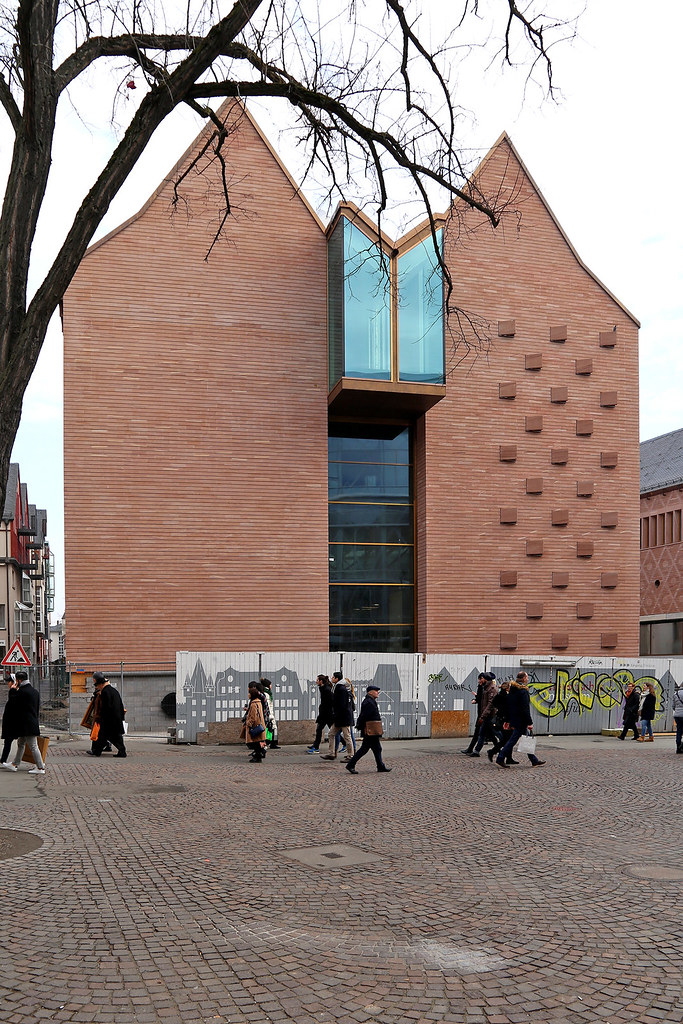
While down by the river at the Historical Museum, the story of Frankfurt unfolds, in all its triumphant and trying chapters. When it comes to Germany’s great museum cities, Frankfurt is one of the greats.
The Museumsufer
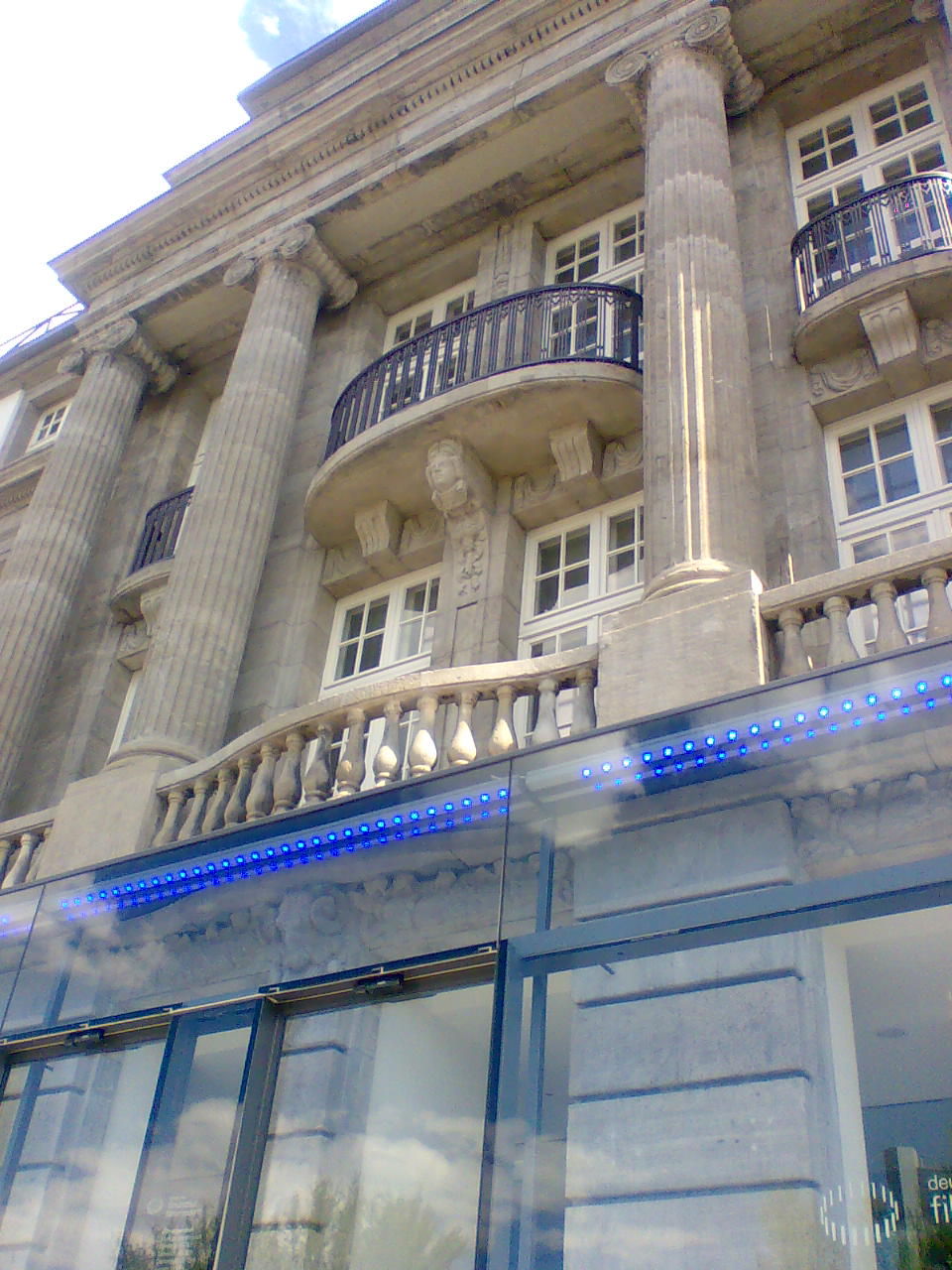
Recross the river to its southern embankment, the Museumsufer. In the eighteenth century, the city’s elite built elegant villas across from the old town.
The German Film Museum
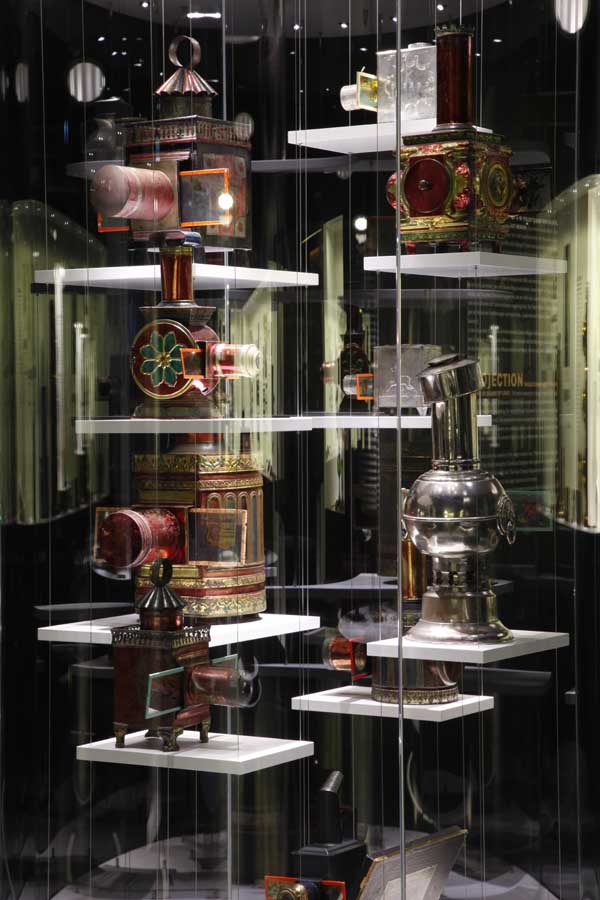
Today, in Museumsufer many of these villas house specialist museums, such as the German Film Museum.
Here you can follow the history of film, from the earliest optical entertainments to all the elements that go into crafting the blockbusters of today.
The German Architecture Museum
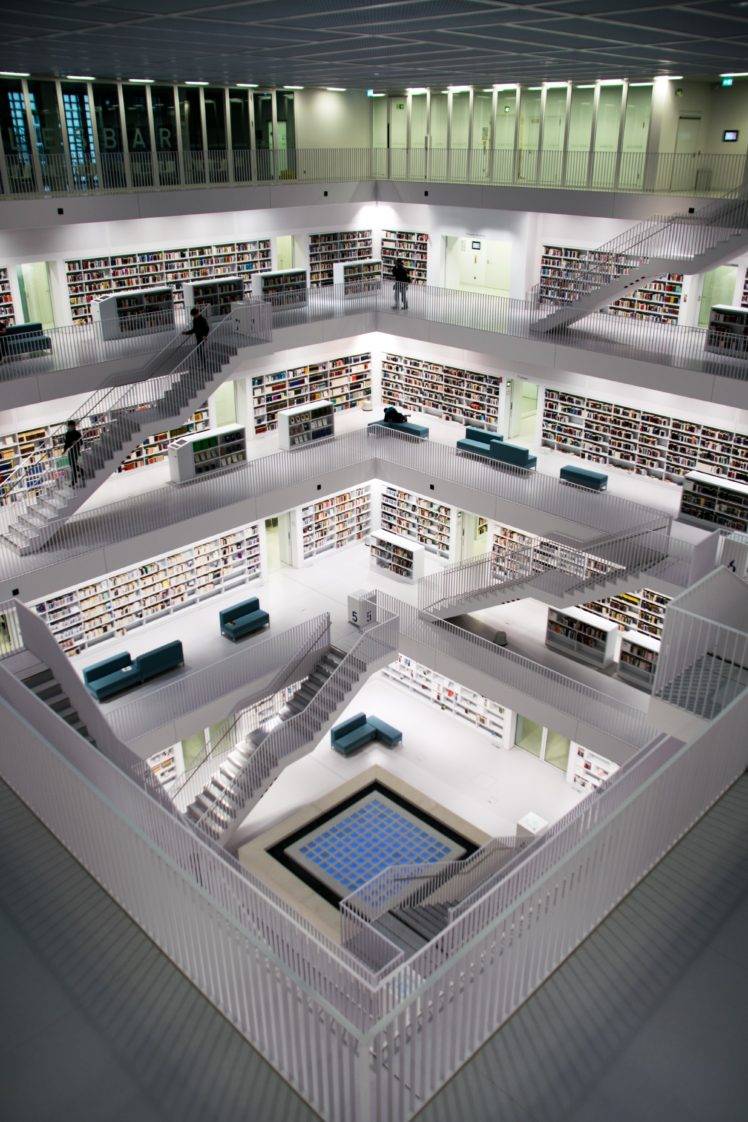
Just next door at the German Architecture Museum, spend an hour or two exploring the thousands of plans and hundreds of scale models that have helped shape the world’s skylines.
The Stadel Museum
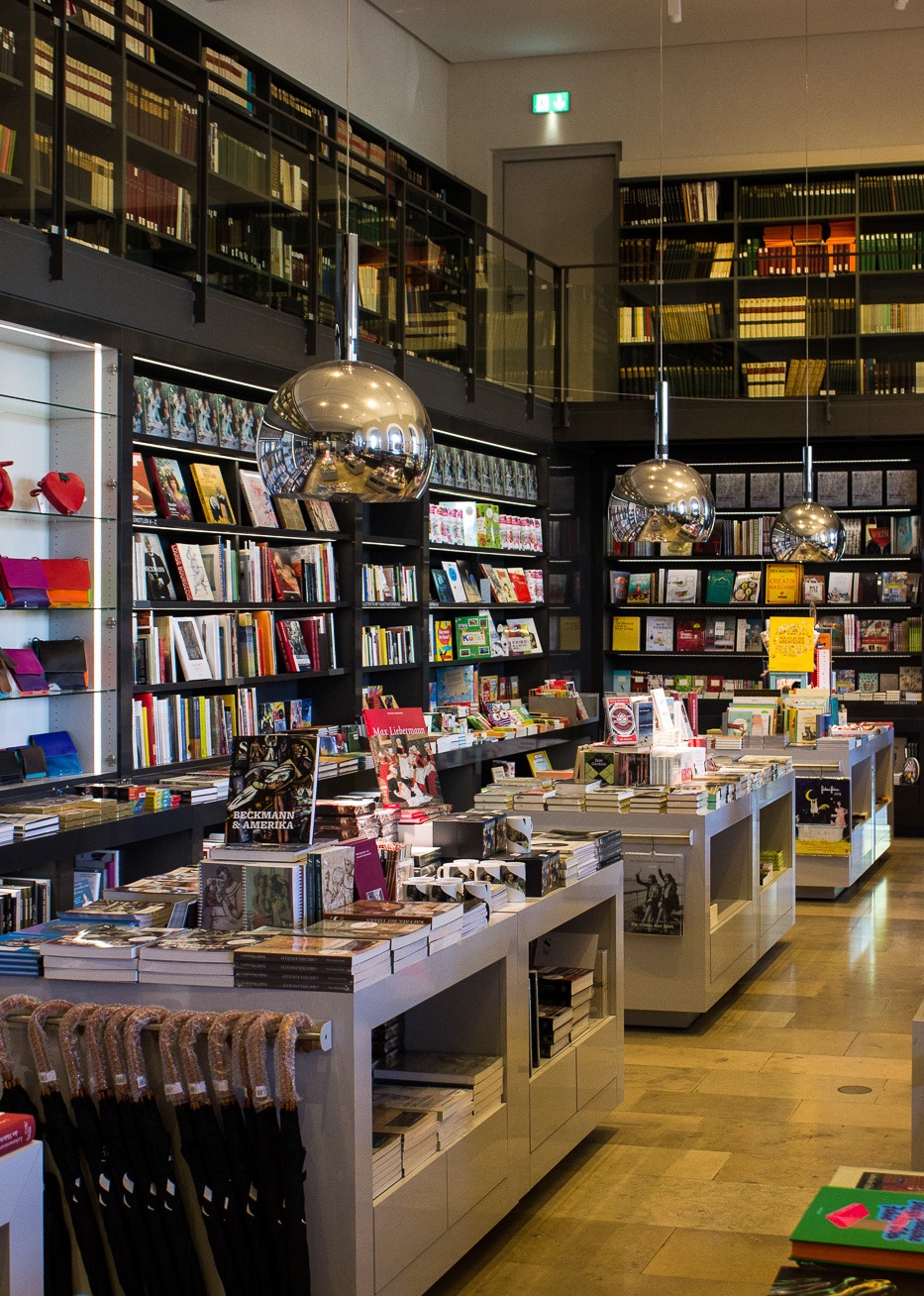
Lovers of fine art are also catered for at the Stadel Museum, a world-renowned gallery that houses treasures by many of Europe’s classical and modern masters.
Old Sachsenhausen
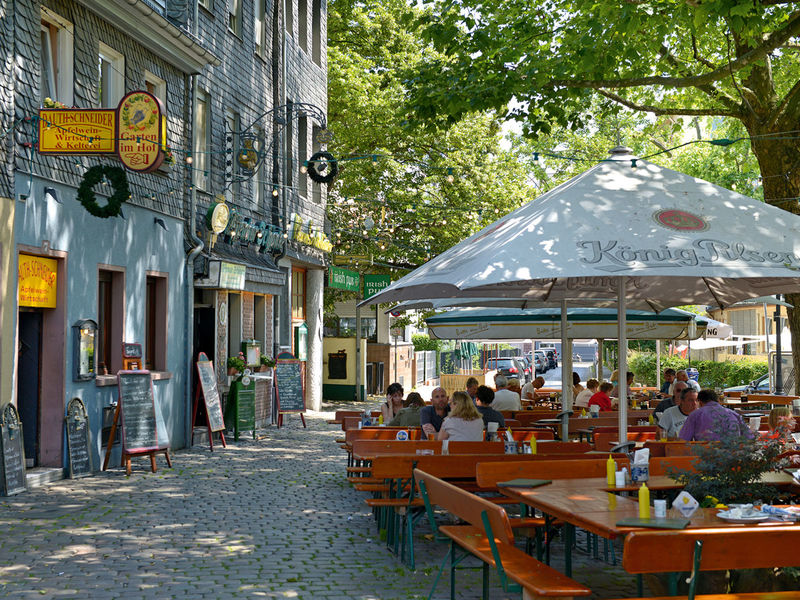
Frankfurters have turned relaxation into an art form too, whether it’s just soaking up the sunshine on the banks of the Main, or sharing a few bembels of apple wine with friends.
Just behind the museum embankment, lose yourself in Old Sachsenhausen, where you’ll find narrow lanes lined with traditional houses, and some of the city’s coziest bars and ebbelwei pubs.
The Naturmuseum Senckenberg
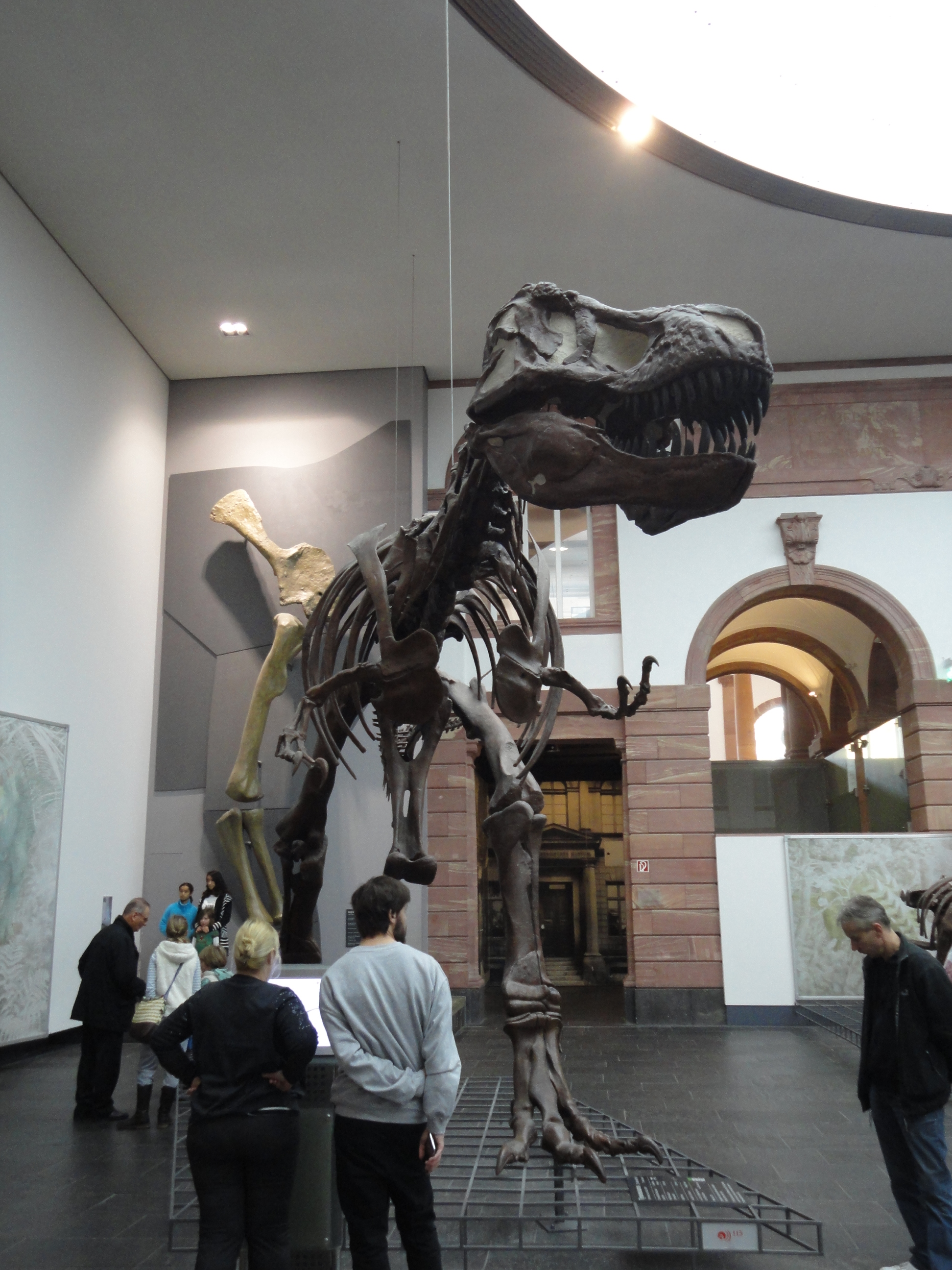
Once you’ve replenished your energy, hop on a tram to the city’s northwest and spend a few hours walking with all creatures great and small at the Naturmuseum Senckenberg.
Most popular of all is the remarkable remains of 50-million-year-old dinosaurs, many of which were unearthed just 22 miles away at the famous Messel Fossil Pit.
The Frankfurt Botanical Gardens
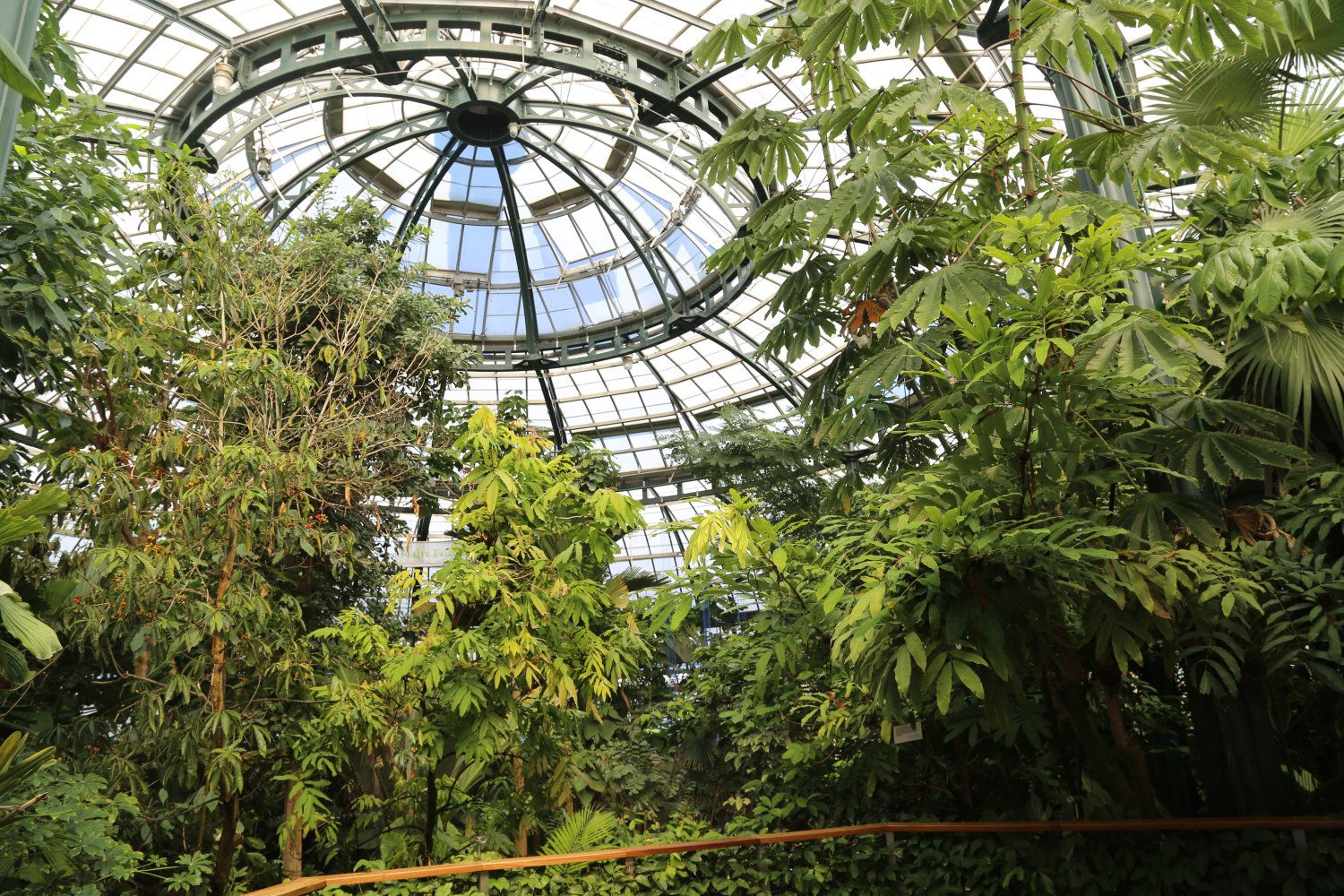
Just to the north of the natural history museum, unwind amid the forests, floral displays and lakes of the Frankfurt Botanical Gardens.
The Palmengarten

Then enter the extraordinary world of tropical and sub-tropical plant life at the Palmengarten.
Conclusion
70 years ago as the city smoldered from war, few could have imagined that these greenhouses would ever again see such beauty, that this city would ever again experience such peace and prosperity. But prosper it has, and now that prosperity is a bounty that the entire world can share.
